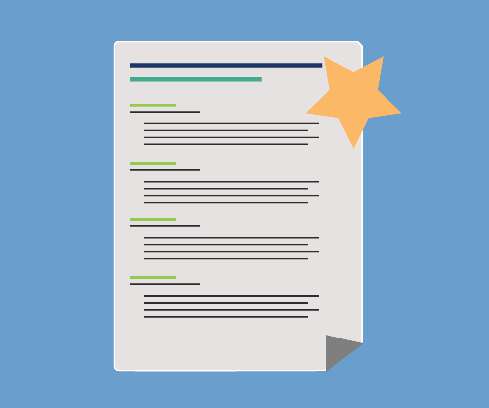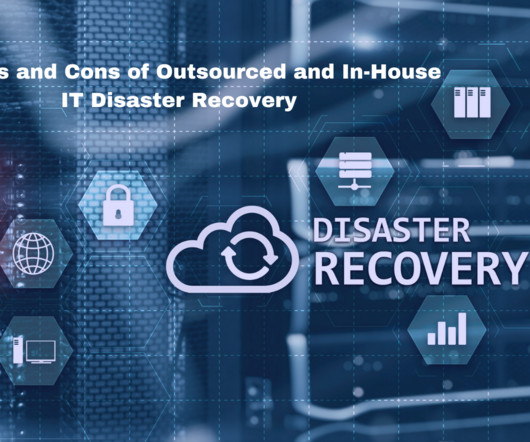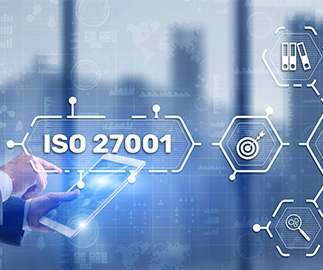5 Steps towards an Actionable Risk Appetite
LogisManager
JANUARY 12, 2023
Risk appetites and tolerances are the perfect way to make data-driven, performance-enhancing decisions while developing a system to understand when and where your business is taking on too much risk, or not taking on enough. Align Tolerances with Strategic Goals Your organization’s goals can be categorized in many ways.























Let's personalize your content